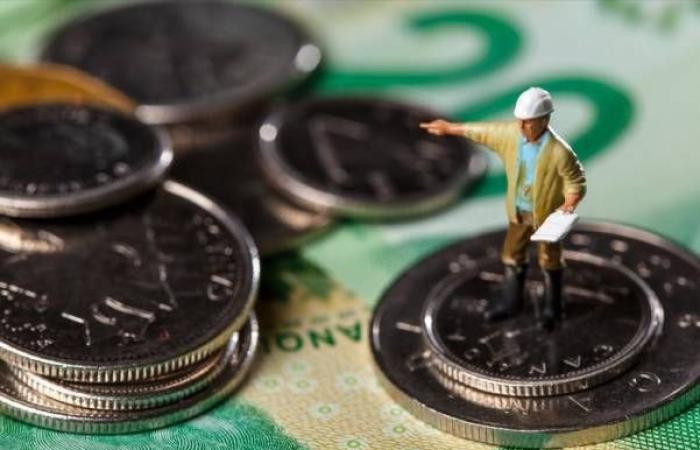According to the new 2025-2026-2027 assessment rolls for the agglomeration of Longueuil, the average value of single-family residences and co-ownerships increased by 38% and 39% respectively. And it is in Longueuil that we observe the largest increases.
The real estate stock of the Longueuil agglomeration now stands at $109.6 billion, according to the assessment roll which will come into force in 2025. This is an increase of 40% in three years.
Limited supply on the market and strong demand are among the factors explaining this increase. The real estate portfolio of Longueuil, Brossard, Boucherville, Saint-Lambert and Saint-Bruno de Montarville has 146,424 assessment units.
Significant increases
It is in Longueuil that we observe the most significant increases in the residential sector. The average value of a single-family residence there is $545,700, up 40% compared to the previous role.
In Saint-Lambert, the single-family home has an average value of $1,082,000 (+31%).
In Brossard, single-family residences saw an average increase of 37%, reaching $741,000.
Regarding co-ownerships, the increase is 41% in Longueuil (average value of $365,500), 35% in Brossard (average value of $423,100) and 33% in Saint-Lambert (average value of 440 200$).
Across the agglomeration, the value of buildings with 2 to 5 units increased by approximately 3%, housing units with 6 to 49 units by approximately 35% and homes with 50 units or more by approximately 28%; stronger growth than the previous role.
The commercial sector saw an increase of 19%.
“The submission of the role is a neutral and scientific exercise which makes it possible to establish a fixed portrait of the real estate market as of July 1, 2023, in a fair and just manner for owners,” insists the City.
A tax increase, or not
Longueuil specifies that if a property has appreciated more than the average in its category, owners must expect a tax increase next year. Conversely, if the increase in property value is less than average, a reduction in the tax bill is to be expected.
“Independently of the above, the other factor that can influence the variation of the tax bill is the adoption of the budget by each city council,” explains the City.
In Longueuil, “to ensure that no one receives an increase that is too steep, the finance teams carry out what is called a “dispersion analysis” in order to evaluate the number of households located at the extremes and therefore subject to a substantial increase in taxes or, as a corollary, a substantial reduction,” explains Mayor Catherine Fournier.
At budget time, the council could choose to “spread the effect of the role” to distribute the tax increases or decreases linked to the role over three years. This is what Longueuil did in 2021, in light of the real estate overheating which was more intense in the market for first-time buyers in the arr. Greenfield Park and Saint-Hubert.
“In view of the results predicted for 2024, we intend to bring this route back to the council. Ultimately, the objective remains to guarantee fair taxation for all,” said Jonathan Tabarah, president of the finance committee of the City of Longueuil.
Mayor Fournier points out that “cities do not generate any additional revenue with the update of the assessment roll.”
Each owner will receive an assessment notice by mail informing them of the new value of their property in mid-November. Following the sending of tax bills at the start of the year, individual meetings will be organized so that citizens can ask their questions.






